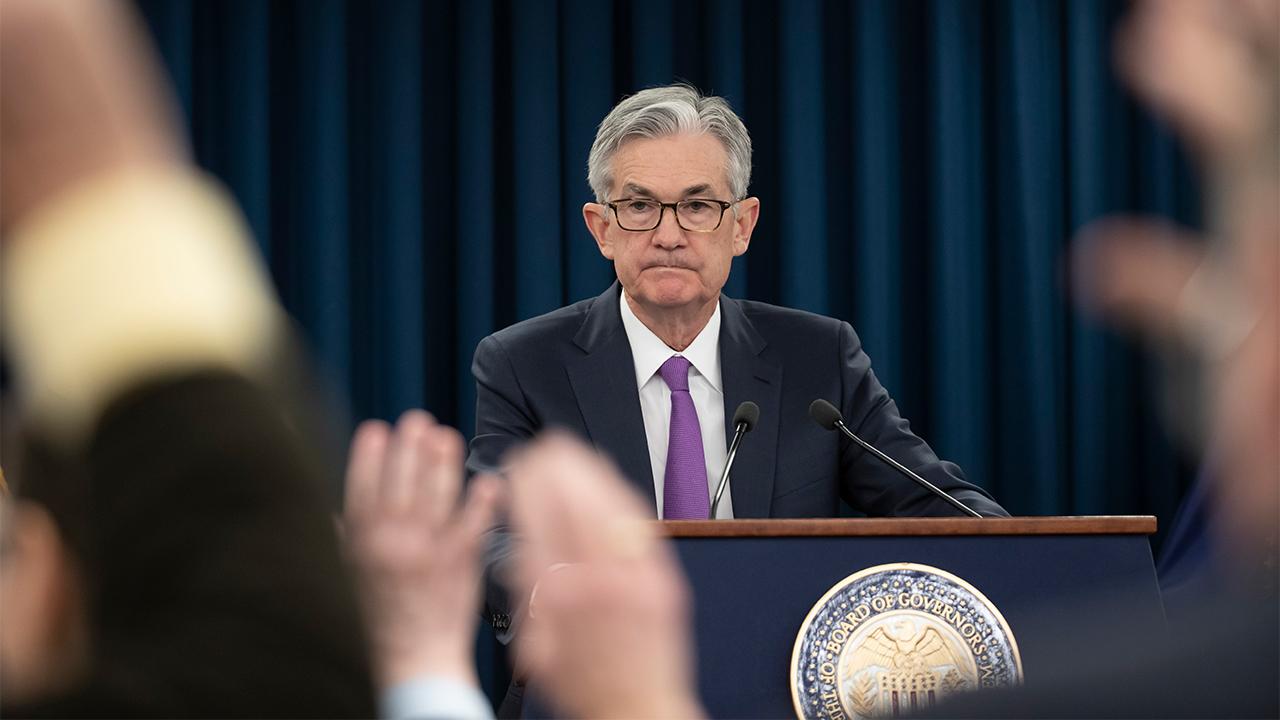Fed signals interest rates will stay near zero through 2023 to bolster US economy
It was the central bank's first meeting since it adopted a new strategy in August that will keep the benchmark federal funds rate near zero, even after inflation has surpassed its 2% target
The Federal Reserve concluded its final policy-setting meeting before the November presidential election on Wednesday with a renewed pledge to hold interest rates near zero and keep them there until inflation is consistently rising.
The U.S. central bank, as widely expected, held the benchmark federal funds rate at a range between 0 percent and 0.25 percent, where it has been since mid-March. Updated guidance shows that Fed officials expect rates to remain near-zero through 2023. Officials also changed their projections to reflect a smaller decline in the nation's GDP and a lower unemployment rate of 7.6% at the end of 2020.
The economic projections from individual Fed members showed that a majority of policymakers expect to keep the benchmark federal funds rate at near zero through the end of 2023. One official saw rates increasing in 2022, and four officials saw them increasing in 2023.
FED'S POWELL SAYS US ECONOMY MAY NEED MORE POLICY HELP TO AVOID 'PROLONGED' RECESSION
"With inflation running persistently below this longer run goal, the Committee will aim to achieve inflation moderately above 2 percent for some time so that inflation averages 2 percent over time and longer-term inflation expectations remain well anchored at 2 percent. The Committee expects to maintain an accommodative stance of monetary policy until these outcomes are achieved," the Fed's post-meeting statement said.
Central banks said it will be appropriate to maintain this target range of rates until "labor market conditions have reached levels consistent with the Committee's assessments of maximum employment and inflation has risen to 2 percent and is on track to moderately exceed 2 percent for some time."
It was the central bank's first meeting since it adopted a new strategy in August that will keep the benchmark federal funds rate near zero, even after inflation has surpassed its 2% target.
According to the new rule, "following periods when inflation has been running persistently below 2%, appropriate monetary policy will likely aim to achieve inflation moderately above 2% for some time.”
"These changes clarify our strong commitment over a longer time horizon," Chair Jerome Powell said during a post-meeting press conference.
The purpose is to help the nation achieve full employment; in the past, the central bank would hike interest rates when unemployment fell because it assumed inflation, once one of the biggest threats to the economy, was rising.
"The Fed’s inertia was largely expected, though investors may be anticipating within the next few months additional clarity on the Fed’s new inflation targeting framework and perhaps an adjustment to the duration profile of its balance sheet holdings," said Jason Pride, CIO of private wealth at Glenmeade.
POWELL RULES OUT NEGATIVE INTEREST RATES, DESPITE TRUMP PRESSURE
The Fed has already taken a range of extraordinary actions to support the economy, including slashing interest rates to near-zero in March, purchasing an unlimited amount of Treasurys (a practice known as quantitative easing) and launching nine lending facilities to ensure that credit flows to businesses and Wall Street banks.
But the economic outlook has brightened since the Fed met in July, when a spike in COVID-19 cases and renewed restrictions on certain businesses appeared poised to derail the nation's gradual recovery. The U.S. has more than 6.6 million confirmed cases, the highest in the world. The virus has killed 196,147 Americans, according to Johns Hopkins University data.
"While monetary policy itself cannot solve the underlying cause of this recession (i.e. the pandemic), it can prime the economy for a stronger, more durable recovery once the dust finally settles on this pandemic," Pride said.
Powell indicated that Congress should pass another emergency relief package to continue aiding the nascent recovery, identifying unemployment aid, small business relief and funding for state and local governments as three key areas.
"More fiscal support is likely to be needed," Powell said. "The details of that are for Congress, not the Fed."




















